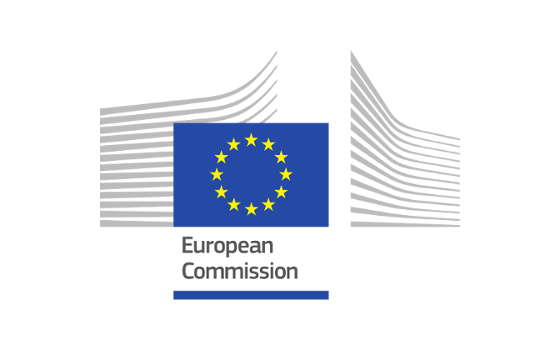 European Reference Networks (ERNs) have been established under the Directive on Patients' rights in cross-border health care in view of tackling complex or rare diseases and conditions that require highly specialised diagnostic tools and treatments. ERNs in collaboration with other European initiatives will gain major research potential due to their network structure bringing together highly specialised multidisciplinary expertise across Europe andaccess to patient populations of rare diseases and complex conditions that require highly specialised treatments. Realisation of this potential requires highly organised coordination among the 24 ERNs, which operate in 26 countries, over 300 hospitals and more than 900 health care units, and also with other Europe-led research collaborations beyond the networks, with all the other actors in the field of rare diseases research, especially the European Joint Programme on Rare Diseases. Support for coordination of the research aspects of ERNs is currently limited.
European Reference Networks (ERNs) have been established under the Directive on Patients' rights in cross-border health care in view of tackling complex or rare diseases and conditions that require highly specialised diagnostic tools and treatments. ERNs in collaboration with other European initiatives will gain major research potential due to their network structure bringing together highly specialised multidisciplinary expertise across Europe andaccess to patient populations of rare diseases and complex conditions that require highly specialised treatments. Realisation of this potential requires highly organised coordination among the 24 ERNs, which operate in 26 countries, over 300 hospitals and more than 900 health care units, and also with other Europe-led research collaborations beyond the networks, with all the other actors in the field of rare diseases research, especially the European Joint Programme on Rare Diseases. Support for coordination of the research aspects of ERNs is currently limited.
Scope
This activity will aim at enhancing research and innovation capacity of the ERNs in view of achieving the goals of the International Rare Diseases Research Consortium (IRDiRC) for bringing new diagnostic tools and therapies more efficiently to the patients and for developing methodologies to assess the impact of diagnoses and therapies on rare disease patients, taking into account sex and gender differences where relevant. Support will be given to identify research priorities and potential synergies among ERNs and coordinate research and innovation activities to be tackled by ERNs. The project should address fostering collaboration in the field of clinical research among ERNs, ERN-independent clinical research collaborations and other stakeholders, such as research infrastructures, industry and patient organisations, as well as international collaboration with other clinical research networks. Close collaboration with the European Joint Programme on Rare Diseases will be necessary to ensure complementarity, to achieve relevant synergies and avoid overlaps. To ensure broad geographical representation and participation across ERNs the proposals shall involve participants from several countries and aim at engaging all approved ERNs and other relevant research networks in Europe.The Commission considers that proposals requesting a contribution from the EU of between EUR 1.5 and 2 million would allow this specific challenge to be addressed appropriately. Nonetheless, this does not preclude submission and selection of proposals requesting other amounts.
Expected Impact
- Along the IRDiRC vision to enable all people living with a rare disease to receive an accurate diagnosis, care, and available therapy within one year of coming to medical attention by 2027.
- Contribute to the development of a comprehensive European ecosystem for rare diseases and conditions that require highly specialised treatments, which brings efficiently results of research and innovation to the benefit of the patients.
- Enhance synergy with the Connecting Europe Facility Programme and the EU Health Programme which provides support for the functioning of the ERNs and the development of patient registries for ERNs.
Opening date: 04 July 2019
Deadline: 07 April 2020 17:00:00 Brussels time
Deadline Model: single-stage
Type of action: Coordination and Support Action (CSA)
For topic conditions, documents and submission service, please visit:
https://ec.europa.eu/info/funding-tenders/opportunities/portal/screen/opportunities/topic-details/sc1-hco-20-2020
PS: Find your partners or consortia preparing a project proposal
If you need help to identify a potential partner with particular competences, facilities or experience, please join and explore (HEALTH IT) SPACE www.healthitspace.eu.